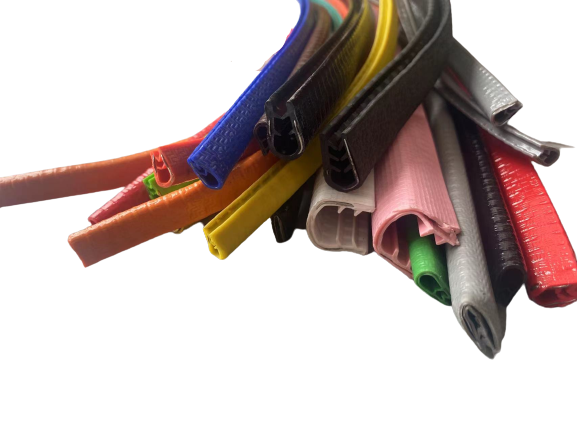Oct . 13, 2024 14:43 Back to list
garage rubber sealing strip
The Importance of Garage Rubber Sealing Strips A Comprehensive Guide
When it comes to maintaining the integrity of your garage, one often overlooked yet essential component is the garage rubber sealing strip. This simple but effective product serves several vital functions that contribute to the overall health of your garage environment. In this article, we will explore the benefits, types, and installation tips for garage rubber sealing strips, helping you understand why they should be a priority in your home maintenance routine.
What Are Garage Rubber Sealing Strips?
Garage rubber sealing strips are flexible, durable strips made from high-quality rubber or other similar materials. They are designed to fill the gaps between the garage door and the floor or sides of the garage. These seals come in various sizes and shapes to accommodate different garage doors and types of installations, ensuring a snug fit that maximizes performance.
Benefits of Installing Garage Rubber Sealing Strips
1. Weather Protection One of the primary functions of rubber sealing strips is to provide a barrier against the elements. They help prevent rain, snow, and wind from entering your garage, protecting your vehicles and stored items from water damage and corrosion.
2. Energy Efficiency A sealed garage promotes better energy efficiency. By preventing drafts and air leaks, it helps maintain a consistent temperature within the garage. This is especially important for homes with living spaces above or adjacent to the garage, as it can contribute to lower heating and cooling costs.
3. Pest Control Rubber sealing strips act as a deterrent against insects and small animals looking for shelter. By filling gaps, you reduce the chances of rodents and other pests making their way into your garage, helping to maintain a clean and safe environment.
4. Noise Reduction If your garage doors produce significant noise during operation, installing sealing strips can help. They cushion the impact between the door and the frame, significantly reducing noise levels when the door is opened or closed.
5. Enhanced Security A properly sealed garage is harder for intruders to access. Rubber sealing strips provide an additional layer of security by ensuring that there are no easy entry points for burglars.
Types of Garage Rubber Sealing Strips
garage rubber sealing strip

2. Jamb Seals These are installed on the sides of the door frame, providing a seal that protects against wind and pests.
3. Header Seals Installed above the garage door, these seals are essential for preventing gaps that can allow moisture and air to enter.
Installation Tips
Installing garage rubber sealing strips is a straightforward task that most homeowners can accomplish with a few basic tools. Here are some tips for a successful installation
1. Choose the Right Product Measure the dimensions of your garage door and choose a sealing strip that fits your specific needs.
2. Clean the Area Before installation, ensure that the door and surrounding areas are clean and free from debris or old sealant.
3. Cut to Size Measure and cut the rubber sealing strip to fit the desired area, ensuring a snug fit.
4. Adhere Properly Follow the manufacturer's instructions for adhesion, whether using adhesive backing or screws, to ensure a long-lasting seal.
In summary, garage rubber sealing strips play a crucial role in protecting your garage from weather, pests, and energy loss. Their benefits far outweigh the simple investment required for installation, making them a must-have for any homeowner looking to maintain a safe and functional garage. Whether you're dealing with a new installation or replacing old seals, taking the time to install these strips will pay dividends in the long run.




